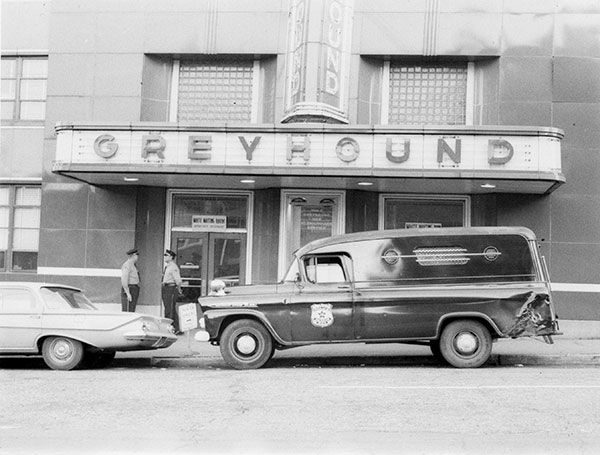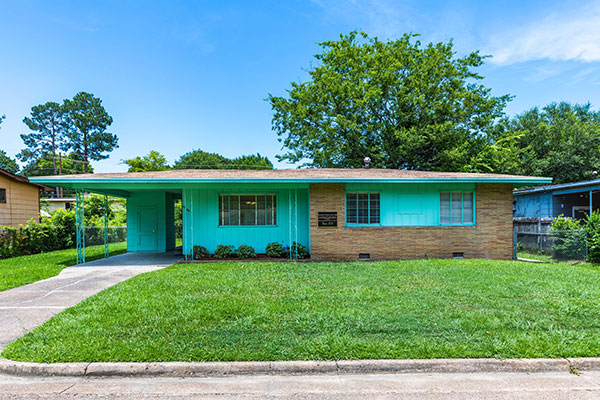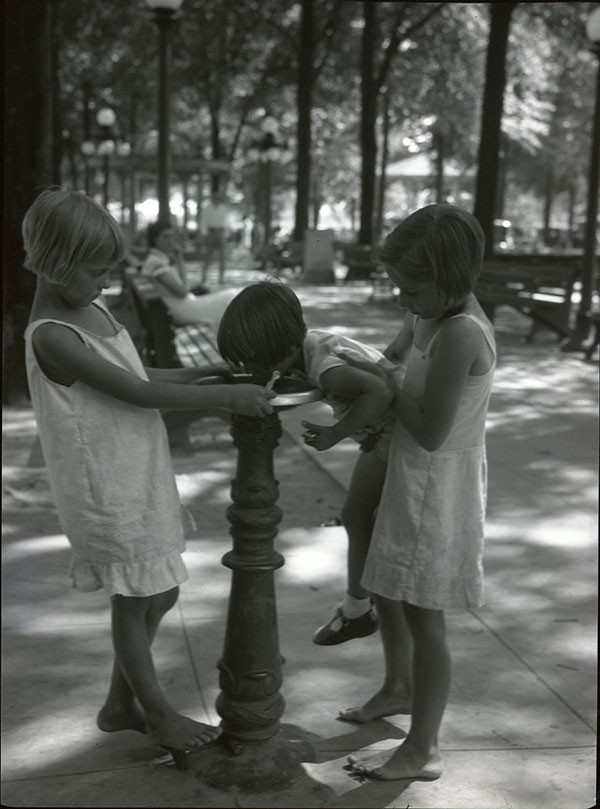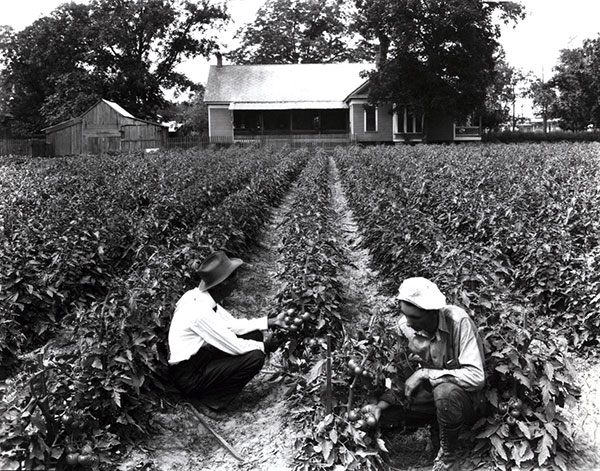Engage and inspire your community with one of our traveling exhibits with topics such as women in Mississippi history, Pulitzer Prize-winning author Eudora Welty’s writings and photographs, Medgar Evers, and the Mississippi Civil Rights Movement.
Professionally designed to be highly mobile, versatile, and ready-to-hang, each exhibit consists primarily of wall panels that include images and text.
The Mississippi Department of Archives and History Traveling Exhibits are available for free for in-state institutions. Out-of-state organizations may reserve the exhibits with a $500 fee per reservation. Each exhibit can be booked for an eight to twelve week period.
To learn more about how to host a traveling exhibit, contact us at exhibits@mdah.ms.gov or call 601-576-6812.
The exhibit is sponsored by the Mississippi Department of Archives and History, The Foundation for Mississippi History, Mississippi Humanities Council, Mississippi Historical Records Advisory Board, and the National Historical Publications and Records Commission.
Freedom Riders: Journey for Change
This exhibit focuses on one of the most prominent events in Civil Rights history and includes images of the bombing of a Greyhound bus outside of Anniston, Alabama; the journey from Montgomery to Jackson; Freedom Riders at the Greyhound Bus Station in Jackson; Freedom Riders at the Jackson airport; mugshots; and Freedom Riders going to trial in Jackson. Many of the images were taken from the original film footage in the WLBT News Film Collection. A DVD of the original WLBT film footage of the Freedom Riders is included in the exhibit.
The Freedom Rides: Journey for Change Exhibit Specifications
- Fifteen (15) panels
- 36” (h) x 24” (w) x 1.25” (d), for panels # 1, 3, 4, 5, 6, 7, 8, 10, 11, 13, 14, 15
- 24” (h) x 36” (w) x 1.25” (d), for panels # 2, 9, 12
- Photo panels include metal frames and hanging wire
- Two (2) shipping crates
- Crate sizes:
- 113 lbs. 27- ½” (h) x 20-3/4” (w) x 38-3/4” (l)
- 105 lbs. 27-1/2” (h) x 18-7/16” (w) x 38-3/4” (l)
- Crate sizes:
This is Home: Medgar Evers, Mississippi, and the Movement
Launched in 2023, the new This is Home: Medgar Evers, Mississippi, and the Movement exhibit was created to coincide with the significant milestone of the 60th anniversary of Medgar Wiley Evers's assassination.
The redesigned exhibit, consisting of 14 panels, delves into the life and legacy of Medgar Evers, one of Mississippi’s most prominent civil rights activists. Evers served as the field secretary for the Mississippi NAACP. He crisscrossed the state, investigating cases of racial violence and intimidation, organizing local NAACP branch offices, and registering voters. Evers worked closely with regional and national leaders and civil rights organizations, and he brought national attention to the intense social and political issues plaguing the state.
Tragically, Evers's relentless pursuit of justice came to an end on June 12, 1963, when he was assassinated in the driveway of his Jackson home. Aware of the constant threats to his life, Evers never wavered, leaving behind a lasting legacy in the ongoing fight for justice.
Exhibit Specifications
Fourteen (14) panels:
Height: 51.5” Width: 31.625” Depth: 1.5”
Two (2) Shipping Crates
Weight: 150 lbs. Height: 35” Width: 54” Depth: 20”
Welty
During the early 1930s, Eudora Welty traveled across Mississippi as a publicist for the Works Progress Administration and used the opportunity to take hundreds of photographs of her native state. “Welty” juxtaposes some of these photographs with excerpts from her writing to show the relationship between her source material and her writing.
This exhibit comprises fourteen photographs and passages from her books, including The Wide Net, Delta Wedding, The Golden Apples, A Curtain of Green, and Some Notes on River Country. The photographs were selected from more than 1,200 negatives that Welty donated to the Mississippi Department of Archives and History.
Visit the Eudora Welty House for more information on Eudora Welty’s life and work.
Exhibit Specifications
- Thirteen (13) panels: 18 1/4” x 27 1/4”
- Photo panels include metal frames, Plexiglas, and hanging wire
- One (1) shipping crate
- Crate size: 130 lbs. 22 1/2” (h) x 22 1/2” (w) x 35 1/4” (l)
Through the Lens: Copiah County Truck Farming
After the Civil War, Mississippi farmers struggled with their dependence on cotton. Modernization of farming practices and crop diversification was advocated, and over time truck farming—growing large crops of fruits or vegetables to be shipped to distant markets—proved to be an effective method.
This exhibit explores photographer Luther M. Hamilton’s documentation of the changes truck farming brought to his community of Crystal Springs. These photographs, now in the collection of the Mississippi Department of Archives and History, provide a unique look at a changing community and a new direction for Mississippi agriculture.
Exhibit Specifications
- Fourteen (14) panels: 22 1/2” x 19”
- Photo panels include metal frames and hanging wire
- One (1) shipping crate
- Crate size: 126 lbs. 22” (h) x 25 1/4” (w) x 35 1/4” (l)




